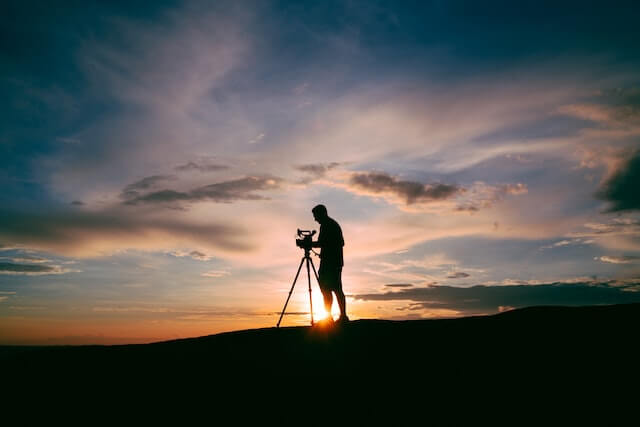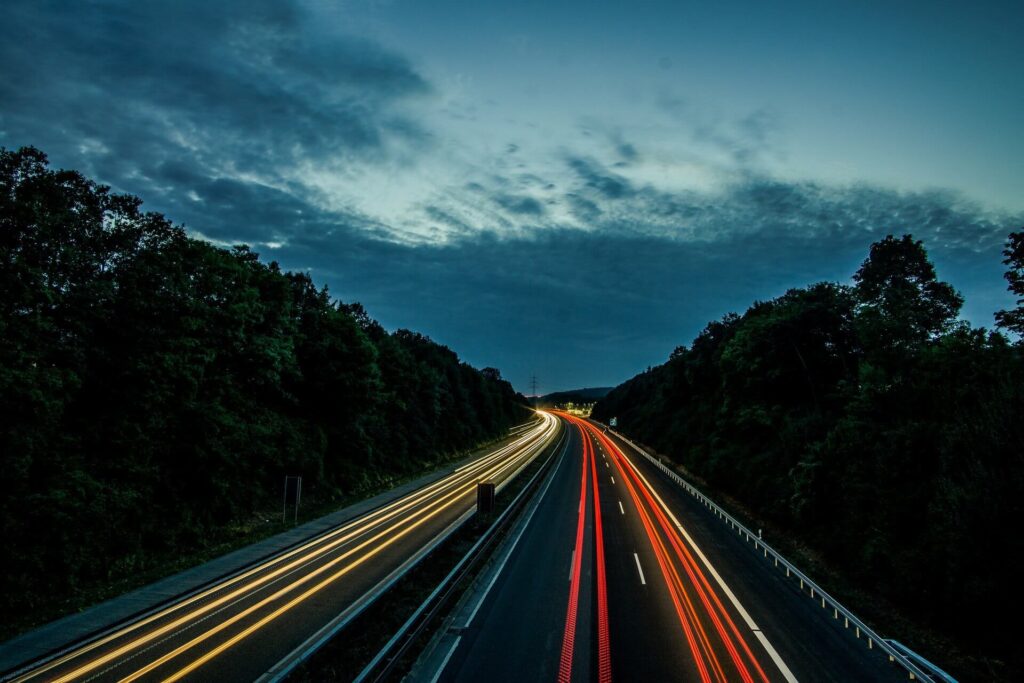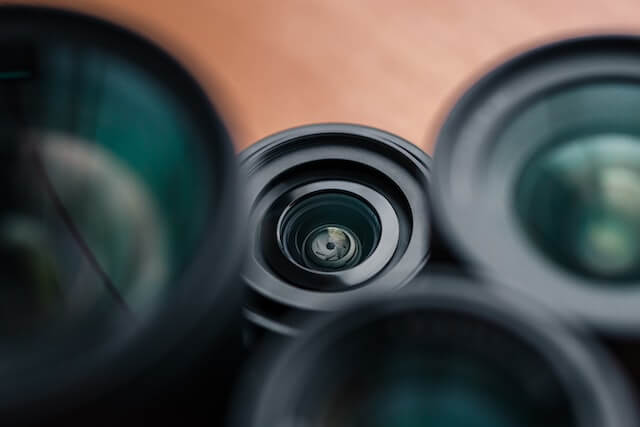Introduction
If you’re a serious photographer, understanding white balance should be at the top of your priority list. Achieving beautiful photos with accurate colors means mastering the art of white balance as a photographer. In this article, we’ll take a deep dive into the world of white balance and help you become a pro in no time. Get ready to showcase the very best of your photography with perfect color accuracy!

Understanding White Balance in Photography: A Guide
White balance is a fundamental concept in photography and one that all professionals must master. In order to capture accurate colors based on the light in a scene, photographers must adjust their white balance settings accordingly. This can be done manually or by using automatic white balance, which most cameras have these days.
White balance is also known as “color temperature” or “color balance”, and is measured in degrees Kelvin (K). This is the scale used to represent different types of illumination sources. In terms of whites, the lower the temperature in degrees Kelvin, the more blue-ish the tint. On the other hand, the higher the temperature in degrees Kelvin, the more yellow-ish the tint.
When shooting in a brightly lit environment, for example, the color temperature changes constantly as the light shifts direction or clouds pass. In this case, the photographer should adjust the white balance settings to match the color temperature of that particular scene in the moment.
Mastering White Balance with Ease: Tips and Tricks
It’s all too easy to get overwhelmed by all the technical details of white balance. Fortunately, there are some useful tips and tricks that make mastering this skill simpler than ever. To help you get started, here are a few of the best:
For starters, find a target that’s a neutral gray color (such as gray paper or a gray card). Then, set your white balance to match the color of that target. This will help you better understand why changing the white balance made the photo look different and how to use those changes to get the photo to look exactly how you want.
The next important step is to know how to adjust the white balance manually. Most cameras now have an option to change the white balance manually. The trick is to use it in a way that matches the color temperature of the light source in the scene. This is done by choosing a preset or setting the white balance to a specific degree Kelvin.
Finally, take advantage of the features that your camera has to make managing the white balance easier. Your camera may have “auto white balance” and “custom white balance” options that allow you to establish and manage your white balance settings more quickly. Honestly, this is what I’m doing 99.9% of the time in the field. Using a card to set your white balance in the studio is a great way to ensure perfection, but at least for me while shooting wildlife it’s just not realistic. Plus, since I know you are already shooting RAW, you can change the white balance during post-processing anyway!

Unleash Your Inner White Balance Pro
By now, you’re probably wondering how to become a professional photographer when it comes to mastering white balance. The truth is, mastering this skill doesn’t have to be difficult. All it takes is practice, a bit of trial and error and a keen eye for recognizing the color temperature of different scenes.
First, familiarize yourself with the different white balance settings that are available in your camera. This is important so that you’ll have an idea of what settings to use under different lighting conditions. Also, experiment with both manual and automatic white balance settings, to get a feel for the different effects each can create.
In addition, practice makes perfect when it comes to mastering white balance! Take lots of photos with different white balance settings and study the results. This will help you better understand the impact of different settings and become more confident in your ability to adjust them in any situation.
Achieving Photographic Perfection: White Balance Basics
By now, you should have a good foundation in mastering the art of white balance photography. Here’s a quick summary of the basics:
- White balance is a key factor in achieving accurate colors in digital photography, which can be adjusted manually or automatically.
- When taking photos in changing light environments, it’s important to adjust your white balance settings accordingly.
- Using a gray target to adjust white balance will help you better understand why color changes occurred due to white balance adjustments.
- Familiarize yourself with your camera’s white balance settings and practice taking photos with different settings to gain experience.
- For the vast majority of people – shoot with auto white balance (RAW format) and adjust the white balance during post-processing!

Conclusion
White balance is an essential tool for any photographer who wants to take beautiful photos with accurate colors. With a little practice and know-how, you can become an expert in photography white balance in no time. So, with that being said, it’s time to unleash your inner white balance pro and take your photos to the next level of perfection!
Thanks for reading to the end. Your support means the world to me! If you’re interested in seeing some of my best photography work, check out the Gallery or my Instagram. Some of my images are also available as photo prints, with a selection of my favorites HERE.



